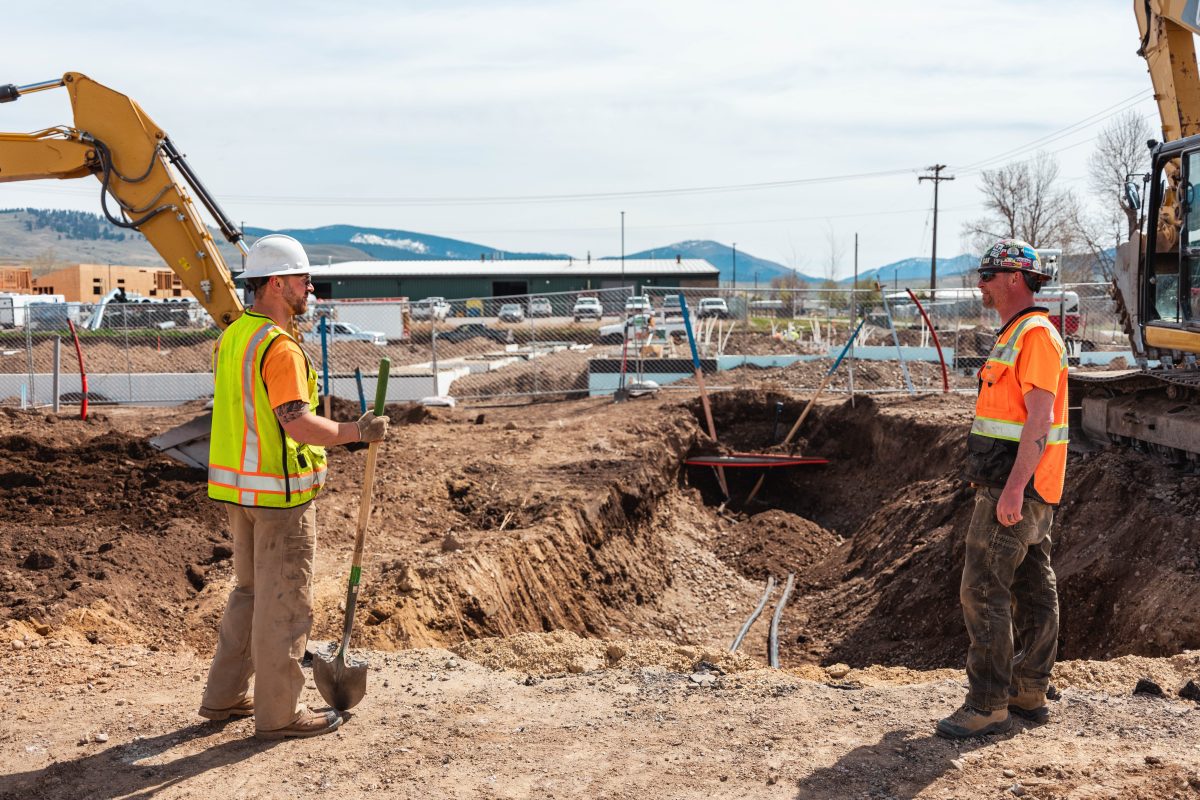Free Course: Alignment Staying on Course Free Course: Alignment From our 16 Elements series, and a part of the Act Pillar, Alignment …
FINDING FULFILLMENT: MASLOW’S HIERARCHY OF NEEDS
articles
In 1943, Dr. Abraham Maslow wrote an article entitled “A Theory of Human Motivation.” It would become one of the pivotal frameworks for understanding individual motivation and happiness.
The article appeared in Psychological Review. It was an expanse of his book Toward a Psychology of Being and later culminated in his book Motivation and Personality, where it became known formally as “Maslow’s Hierarchy of Needs.”
Maslow’s motivation theory was that we are motivated by a series of needs, which can be segmented into the following categories.
Maslow’s Hierarchy of Needs, Layer 1: Physiological Needs
These are the literal requirements for survival—the basest and most fundamental of needs, without which the body itself begins to fail to function.
These consist of things like breathing, food, water, sleep, homeostasis, and excretion.
Maslow’s Hierarchy of Needs, Layer 2: Safety Needs
If these needs are unmet, they tend to be the primary motivations for our behavior. We have a strong desire to feel security, balance, and equilibrium in our environment, often as measured by things like security of body, of employment, of resources, of morality, of family, of health, and of property.
Maslow’s Hierarchy of Needs, Layer 3: Love and Belonging
For the first time, the needs extend beyond the individual to encompass their social network. We have a strong urge to be connected, to belong, to socialize, and to feel wanted and loved. These needs consist primarily of friendship, intimacy, and love.
Maslow’s Hierarchy of Needs, Layer 4: Esteem
From our need to associate with others rises the need to feel accepted, appreciated, and respected. If we get this kind of feedback, it fulfills our need for positive self-esteem, confidence, and respect of self.
We want to feel valued: self-valued and valued by others. If we don’t, we tend to develop an inferiority complex, doubt ourselves, and lose faith and confidence. This can have a dramatic, negative effect on our ability to accomplish things that are meaningful.
Maslow actually separated esteem needs into two subgroups. The lower subgroup consisted of the need for attention, recognition, status, fame, and prestige. The higher subgroup is the need for self-respect, strength, competence, mastery, self-confidence, independence, and freedom.
He distinguishes between these two subgroups because individuals may receive attention, recognition, prestige, etc., but until their internal view of themselves changes, the higher subset of needs remains unchanged and unmet.
Maslow’s Hierarchy of Needs, Layer 5: Self-Actualization
Self-Actualization refers to the ability of a person to reach their full potential. Interestingly, your vision of your potential changes as you move through this level. The more you do, the more you reinforce your appreciation of your capabilities, leading you to reach ever higher, setting larger and larger goals, and accomplishing more and more. This state of being is where the highest levels of fulfillment and individual happiness are achieved.
While there are some critics of this model, it seems to have largely withstood the test of time. Much of the criticism is focused around Maslow’s suggested hierarchy, with others claiming that these needs exist and operate independently of each other rather than being associated hierarchically as suggested.
Regardless, Maslow’s Hierarchy of Needs provides an interesting foundation and intellectual framework we can use to discuss development, not only of the individual, but of teams, families, and whole companies as well.
-Rusty
Share this
with someone who might need it
keep reading
The turkey effect How to learn who you are and live your best life raising turkeys People often wonder “who am I?”; …
HOT HANDS HOW identity POWERS PEAK PERSONAL PERFORMANCE HOT HANDS There’s a well-known phenomenon in sports called “Hot Hands.” It’s the idea …
Know Thyself The Key to Unlocking Your Full Potential Know thyself Nestled deeply on the slopes of Mount Parnassus in Greece is …
Employee satisfaction is closely tied to performance. When satisfaction levels rise, productivity, customer service, and profits tend to rise too. Employee turnover slows down and it becomes easier to recruit new talent. See how your team, leadership, and shareholders can benefit from a company culture that emphasizes employee satisfaction.
If you want your customers to be happy, you need to think about employee satisfaction. When employees like their workplaces, they are more effective at their jobs and provide better customer service. Learn more about the link between the employee and customer experience and how to measure employee satisfaction.








Responses